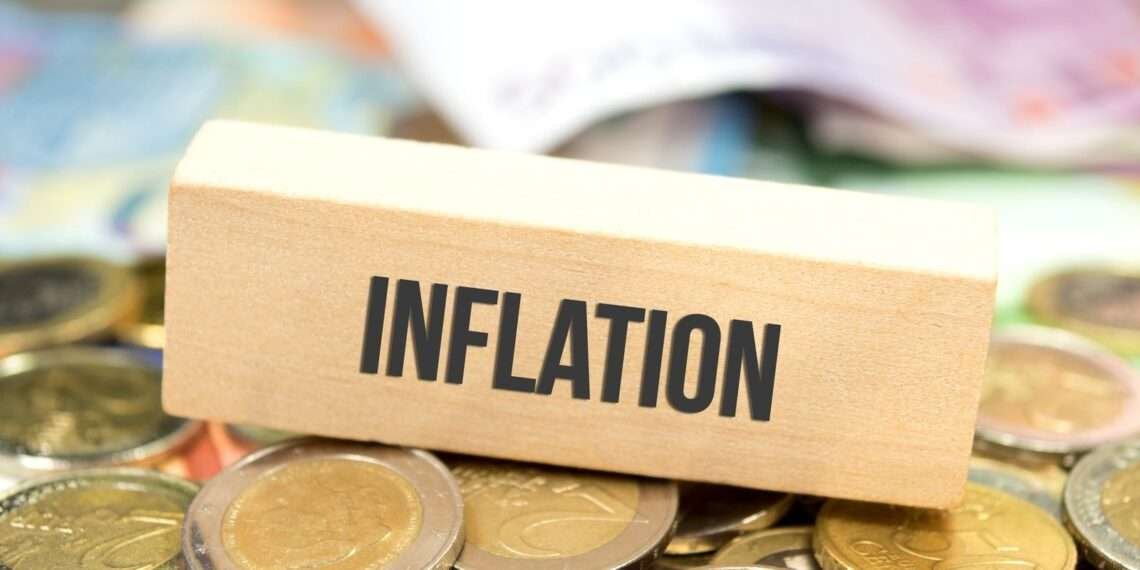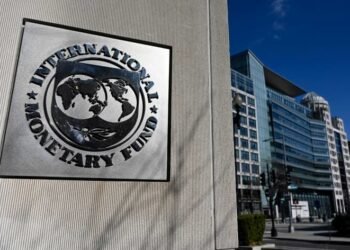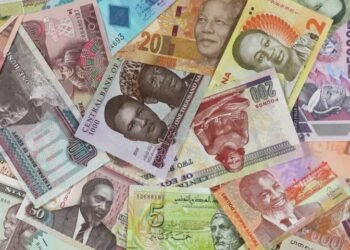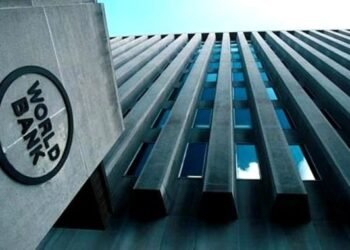Ghana’s national year-on-year Inflation has shot up by 3.3 percentage points to hit 37.2 percent in the month of September, 2022, up from 33.9 percent in August 2022.
The rise in inflation was driven by the Housing, Water, Electricity, Gas and Other fuels sub-category following the implementation of the new utility tariffs which took effect from September 1, 2022.
Data released by the Ghana Statistical Service (GSS) showed that five sub-groups recorded inflation rates higher than the national average in September.
These sub-groups were Housing, Water, Electricity, Gas and Other fuels (68.8%); Furnishings, Household Equipment and Routine Household Maintenance (51.1%); Transport (48.6%); Personal Care, Social Protection and Miscellaneous Goods and Services (42.6%) as well as Food and Non-Alcoholic Beverages (37.8%).
In terms of regions, Eastern region (47.1%) maintained its lead as the region with the highest inflation. It was followed by the Greater Accra (45.3%) and Central regions (41.9%). The Upper West region recorded the least rate of inflation of (22.9%).
According to the data, year-on-year Food inflation for the month of September 2022 was 37.8 percent, slightly higher than the Non-food Inflation rate of 36.8 percent.
This means food inflation continues its rising trend in September this year, rising from 34.4% in August 2022, and also very much above the 32.3 percent in July 2022.
Regarding food inflation, 10 subclasses recorded higher rates, distantly led by Water (58.9%) and followed by Milk, Other Dairy Products and Eggs (49.0%) as well as Sugar Confectionery and Desserts (48.0%).
The data also revealed that non-food inflation is rising simultaneously, having risen from 33.6 percent in August, and still higher than 31.3 percent recorded in July this year.
The upturn in food and non-food inflation was influenced by prices of both local and imported components in the consumer price basket.
Local and imported inflation
The data further revealed that inflation for locally produced items rose to 35.8 percent in September, 2022, up from 33.4 percent in August 2022 as well as 30.9 percent in July. Likewise, inflation for imported items inched up to 40.7 percent in September, up 5.5 percentage points from the 35.2 percent recorded in August 2022. The current rate of imported inflation is also 6.8 percentage points higher relative to 33.9 percent recorded in July.
This means that prices of both local and imported products continue to rise over the past months. In June this year, inflation for locally produced items was 29.2 percent while that of imported items was 31.3 percent.
Prior to the announcement of the September 2022 inflation, the Bank of Ghana adjusted upwards the policy rate to 24.5 percent to help fight inflation, though some analysts argue the increasing rate of inflation is largely supply driven.
Expectations are that inflation will peak somewhere around next year before declining further to the Central Bank’s target band of 8.0 ± 2 percent.
The wave of inflationary pressures spreading across several economies remain elevated and have now become broad-based across all items in the consumer basket. However, there are signs that global price pressures may be peaking as the major drivers of inflation ease somewhat, alongside the synchronized tightening of monetary policy across countries.
READ ALSO: All Senior High Schools Have Received Adequate Supply Of Food Items- Education Ministry























